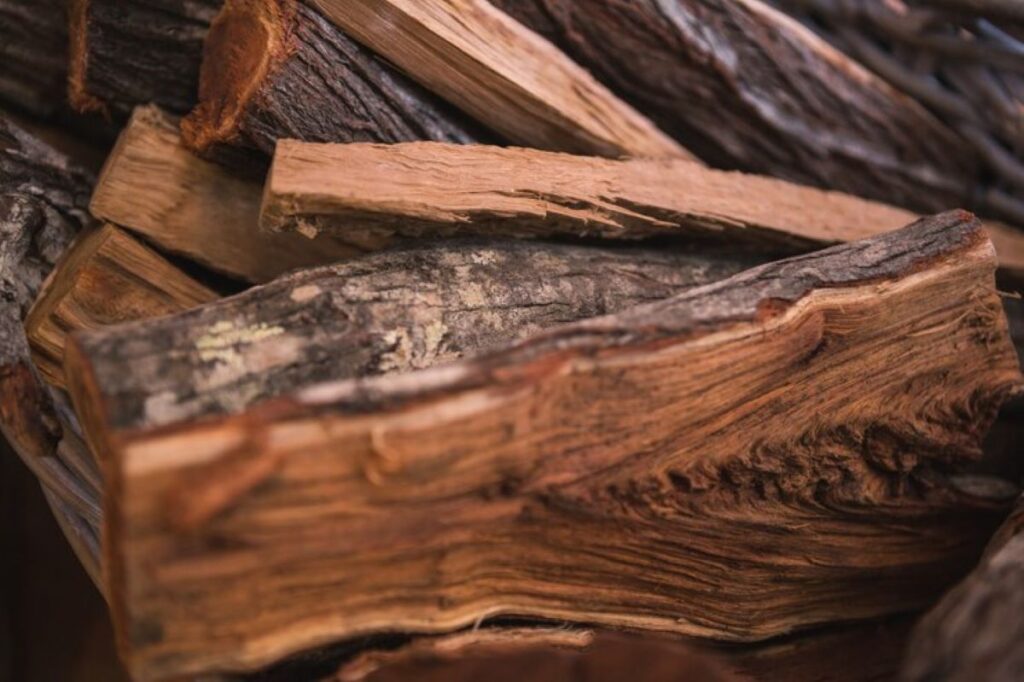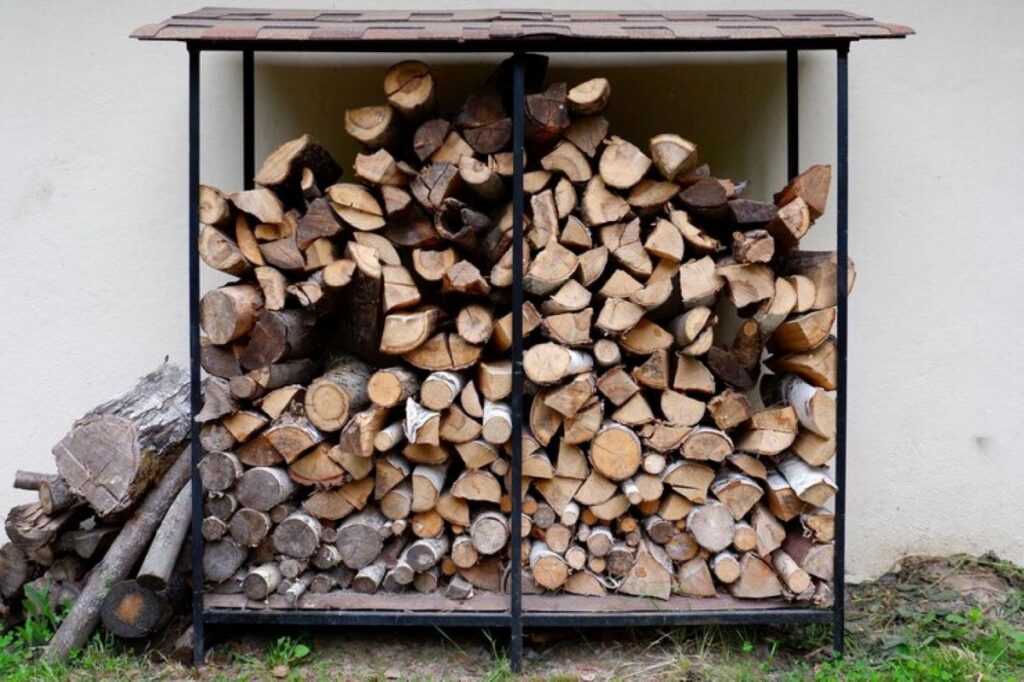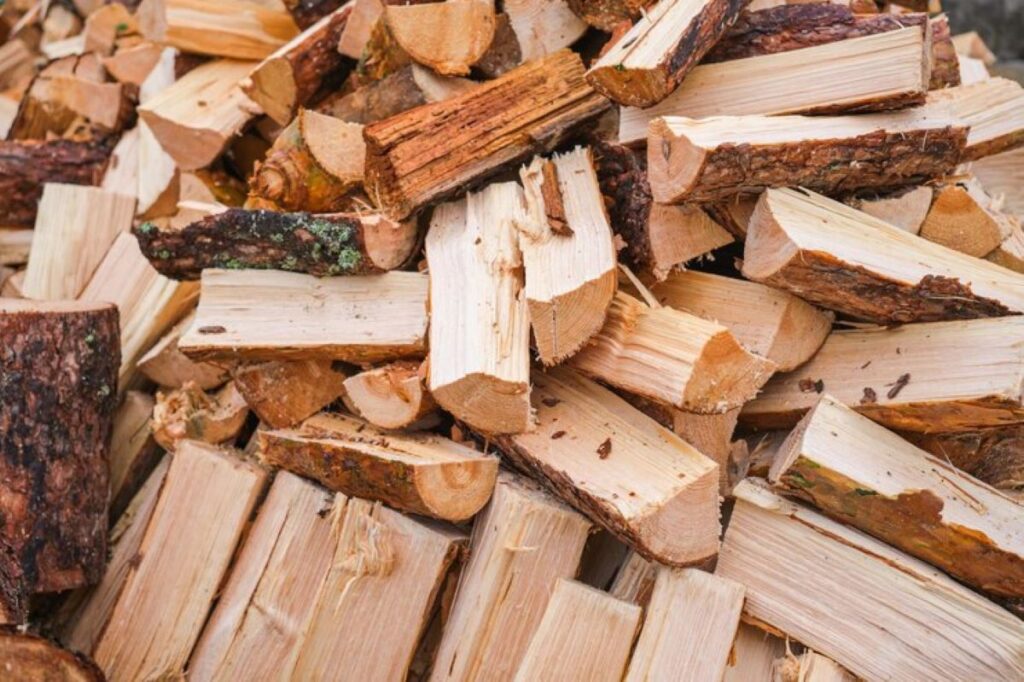Proper firewood storage is essential for ensuring that your wood remains dry and ready for use. Whether you’re a seasoned wood-burning enthusiast or just starting, understanding the best practices for firewood storage can significantly enhance your burning experience. Let’s dive into the various aspects of firewood storage.
Understanding the Importance of Dry Firewood
When it comes to firewood, dryness is king. Burning dry firewood not only produces a hotter flame but also minimizes harmful smoke and pollutants. The significance of dry wood can’t be overstated, especially if you are looking to enjoy a perfect evening by the fireplace or heat your home efficiently. Additionally, using dry firewood can enhance the overall ambiance of your space, creating a cozy atmosphere that invites relaxation and warmth.
The Science Behind Burning Dry Wood
Dry firewood has a moisture content of 20% or less. When wood is wet, it contains a higher percentage of water, which must evaporate before the wood can ignite. This evaporation process takes up valuable energy, resulting in a cooler fire and increased smoke. Burning dry wood, on the other hand, leads to a cleaner burn with higher heat output, making it more efficient for heating purposes. Furthermore, the type of wood you choose can also affect the burning characteristics; hardwoods like oak and hickory typically burn longer and hotter than softwoods, providing even greater efficiency and enjoyment during those chilly nights.
How Moisture Affects Firewood Quality
Moisture not only hampers efficiency but can also lead to issues such as mold growth and insect infestations. When wood sits in a damp state, it becomes a breeding ground for various pests. Moreover, wet firewood produces creosote, which can accumulate in chimneys and pose serious fire hazards. Therefore, keeping firewood dry is crucial for both efficiency and safety. It’s also worth noting that the way firewood is stored can significantly impact its moisture content; stacking wood in a well-ventilated area, away from direct contact with the ground, can help ensure it remains dry. Additionally, covering the top of the stack with a tarp while leaving the sides open allows for airflow, further reducing moisture retention and promoting optimal burning conditions.
Selecting the Right Firewood for Storage
Choosing the right type of firewood is just as important as storage itself. Depending on the species, some firewood varieties burn hotter and cleaner than others. Understanding the differences can help you make an informed decision for your firewood storage.
Hardwood vs Softwood: What’s Best for Burning?
Hardwoods like oak, maple, and hickory generally provide a longer-lasting burn due to their dense nature. They are preferred for heating because they produce more heat and less creosote. On the other hand, softwoods like pine and spruce ignite more easily, making them great for kindling but tend to burn quicker and produce more smoke and residue. Additionally, softwoods often contain higher amounts of resin, which can lead to more soot buildup in your chimney if not properly managed. Therefore, while softwoods can be a great choice for starting a fire, they should ideally be complemented with hardwoods for a more efficient and cleaner burn.
The Role of Tree Species in Firewood Quality
Different tree species offer unique burning properties. For instance, birch ignites easily and burns quickly, suitable for starting fires or when you need quick heat. Meanwhile, harder woods release heat more slowly and consistently, making them ideal for long-duration burns. Understanding these qualities helps in selecting the best firewood for your specific needs. Furthermore, the moisture content of the wood plays a significant role in its burning efficiency. Well-seasoned wood, typically with a moisture content of less than 20%, burns more efficiently and produces less smoke, while green wood can lead to a smoldering fire that emits more pollutants. Therefore, it’s crucial to ensure that your firewood is properly seasoned before storage, which usually takes about six months to a year, depending on the type of wood and environmental conditions.
Preparing Firewood for Storage
Before storing your firewood, proper preparation is necessary. This includes cutting and splitting the wood in ways that enhance drying efficiency and overall quality. Following these steps will pave the way for optimal storage.
Cutting Firewood to the Right Size
Cutting your firewood into manageable lengths ensures that they fit well in your storage area and burn effectively. Generally, logs should be around 16 inches long; however, this can vary based on your fireplace or wood stove’s specifications. Proper sizing allows for better airflow during burning. Additionally, consider the type of wood you are using, as hardwoods like oak may require different handling compared to softer woods like pine. Ensuring a consistent size not only aids in burning efficiency but also helps in stacking the wood neatly, which is essential for maintaining airflow and preventing moisture accumulation.
Splitting Firewood for Optimal Drying
Splitting wood into smaller pieces increases surface area, enabling quicker drying. Splitting your logs down to about four inches is ideal; smaller pieces dry faster, but be mindful not to split them too small, as they may burn too quickly for your needs. Always allow the split wood to dry out before you stack it for storage. The drying process can take several months, depending on the wood type and environmental conditions, so patience is key. To further enhance the drying process, consider stacking the wood in a single row rather than in a tight pile, which can trap moisture. Additionally, placing your firewood in a sunny area with good air circulation can significantly speed up the drying time, making it ready for use when the colder months arrive.

Choosing the Ideal Storage Location
Where you store your firewood can make a significant difference in how dry it stays. Choosing the right location ensures that your wood is protected from the elements while allowing for plenty of airflow. Proper storage not only enhances the burning efficiency but also extends the lifespan of your firewood, making it a crucial consideration for any wood-burning enthusiast.
Indoor vs Outdoor Storage: Pros and Cons
Indoor storage keeps firewood protected from rain and snow but requires a fair amount of space. It also helps to keep pests at bay, as many insects prefer to inhabit outdoor woodpiles. However, indoor storage can lead to increased humidity levels in your home if not managed properly. Outdoor storage exposes your wood to the elements but can easily be set up in a manner that promotes air circulation. Many people choose a combination: storing a supply indoors while maintaining a larger outdoor stack for seasoning. This hybrid approach allows for the convenience of having dry wood readily available for immediate use while ensuring that a larger quantity can be seasoned properly over time.
Factors to Consider When Choosing a Storage Spot
Look for a location that is elevated and allows airflow. Avoid damp areas or direct ground contact, as this can lead to increased moisture levels. Locations near your fire source will provide convenience but consider wind direction to avoid blowing moisture onto the wood from rain or snow. Additionally, consider the proximity to your home; a location that is too far may discourage you from fetching wood during inclement weather. It’s also wise to think about the visibility of your woodpile; a well-placed stack can serve as an attractive feature in your yard, while a disorganized pile may detract from your outdoor aesthetics. Lastly, ensure that the area is free from overhanging branches or debris that could fall and damage your woodpile, further compromising its quality.
Proper Firewood Stacking Techniques
Stacking firewood properly is a crucial step in maintaining its dryness and quality. Efficient stacking helps promote airflow, essential for drying, while also contributing to safety.

The Art of Stacking Firewood for Maximum Airflow
When stacking firewood, create a spacious setup that allows air to flow through the pile. A common method is the crisscross stack, which lets air circulate and helps prevent moisture accumulation. Always ensure the stack is at least a few inches off the ground using pallets or cinder blocks.
See Also : Where to Buy Black Mulch Near Me for Your Landscaping Needs
Preventing Toppling: Safety Measures in Stacking Firewood
Stack your firewood in a stable manner to prevent toppling, which can pose a safety hazard. Aim for a height of no more than four feet, and always ensure the base of the stack is solid and even. Regularly check your stacks for stability, especially after storms.
By implementing these practices, you can ensure that your firewood remains dry, easy to use, and safe for burning. Keeping firewood in optimal condition sets the stage for enjoyable fires and effective heating throughout the colder months.

